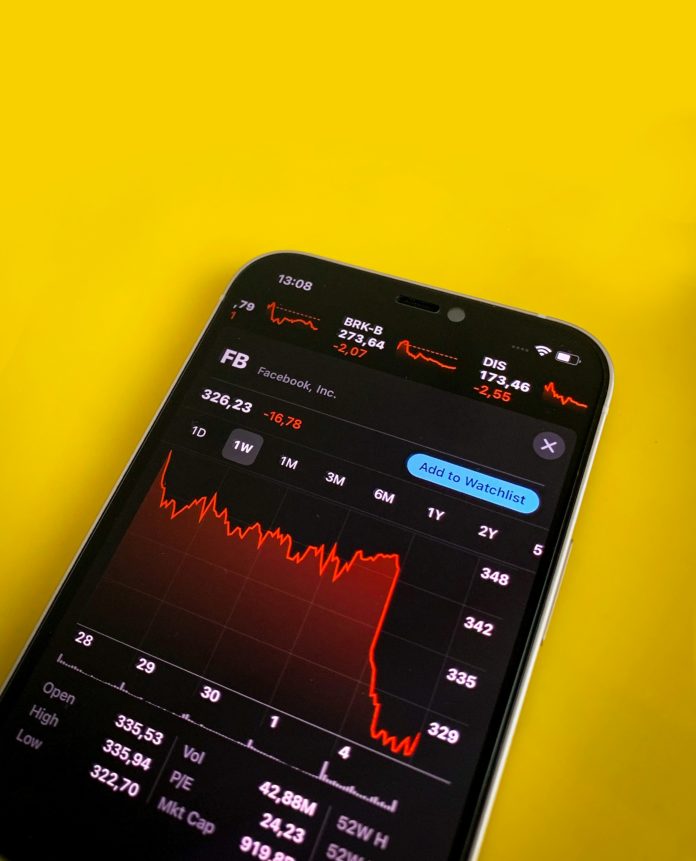Unveiling the Mystery: Options Pricing & The Greeks

The world of options trading can be a labyrinth, shrouded in seemingly cryptic terminology and complex calculations. But fear not, for within this complexity lies a powerful tool for amplifying returns and mitigating risk. The key to unlocking this potential lies in understanding option pricing and its close companions – the Greeks.
Demystifying Option Pricing
Unlike stocks, whose value is directly tied to the underlying asset, options contracts hold a more nuanced value proposition. An option grants the buyer the right, but not the obligation, to buy (call option) or sell (put option) a specific asset (underlying asset) at a predetermined price (strike price) by a certain time (expiration date). This inherent flexibility introduces several factors that influence the price of an option, beyond just the underlying asset’s price.
Here’s a breakdown of the key components that affect option pricing:
- Intrinsic Value: This is the basic value of an option based on its profitability at the current moment. For a call option, it’s the difference between the underlying asset’s price and the strike price, if positive. Conversely, for a put option, it’s the difference between the strike price and the underlying asset’s price, if positive.
- Time Value: Options aren’t perpetual. As the expiration date approaches, the time value of an option decays. This is because the likelihood of the option becoming profitable diminishes with less time for the underlying asset’s price to move favorably.
- Implied Volatility: This reflects the market’s expectation of how much the underlying asset’s price will fluctuate within the remaining time until expiration. Higher implied volatility translates to higher option prices, as there’s a greater chance of significant price movements.
- Interest Rates: Changes in interest rates can affect option pricing in complex ways. Generally, higher interest rates make holding options less attractive, leading to lower option prices.
These factors, along with the supply and demand dynamics in the options market, determine the final price of an option. However, predicting option price movements based solely on these factors can be challenging. This is where the Greeks come into play.
Enter the Greeks: The Language of Option Sensitivity
The Greeks are a set of five metrics (Delta, Gamma, Theta, Vega, and Rho) that quantify the sensitivity of an option’s price to changes in the underlying factors mentioned earlier. They act as a translator, helping us understand how an option’s price will react to shifts in the market.
- Delta (Δ): Measures the rate of change of an option’s price relative to a $1 change in the underlying asset’s price. A call option’s delta typically falls between 0 and 1, indicating that its price will move in the same direction as the underlying asset but at a smaller magnitude. Put options generally have a negative delta, reflecting an inverse relationship.
- Gamma (Γ): Captures the rate of change of delta. It indicates how much the delta itself will change with a $1 move in the underlying asset’s price. A positive gamma suggests the delta will become more sensitive as the underlying asset’s price moves, and vice versa for a negative gamma.
- Theta (Θ): Represents the rate of decay of an option’s time value over time. As time passes, all else being equal, the option’s price will decline due to diminishing time value. Theta is typically negative for options.
- Vega (V): Measures the sensitivity of an option’s price to changes in implied volatility. A higher vega indicates a larger price swing for the option with a shift in implied volatility.
- Rho (Ρ): (Less commonly used) Represents the sensitivity of an option’s price to changes in interest rates. The impact of rho is usually minimal compared to other Greeks.
By analyzing the Greeks, options traders can gain valuable insights into how their positions will react to various market movements. This allows for the development of more sophisticated trading strategies that account for not just the direction of the underlying asset’s price movement but also the magnitude and speed of the change.
Conclusion: Mastering the Options Maze
Understanding option pricing and the Greeks equips you to navigate the complexities of options trading with greater confidence. By incorporating these concepts into your analysis, you can make informed decisions about entering and exiting options positions, potentially enhancing your ability to achieve your financial goals.
Remember, the world of options offers vast potential, but it also carries inherent risks. It’s crucial to thoroughly understand these concepts and practice with simulated trades before venturing into real-world options markets.


